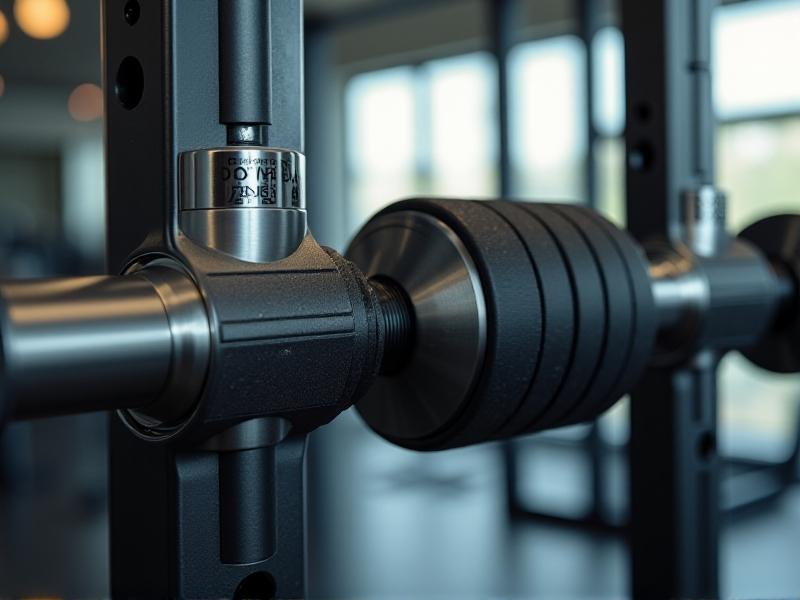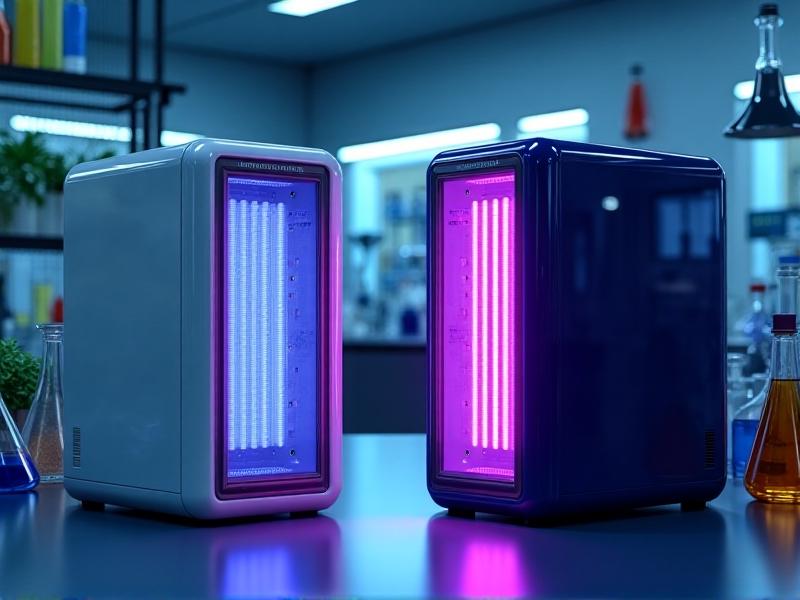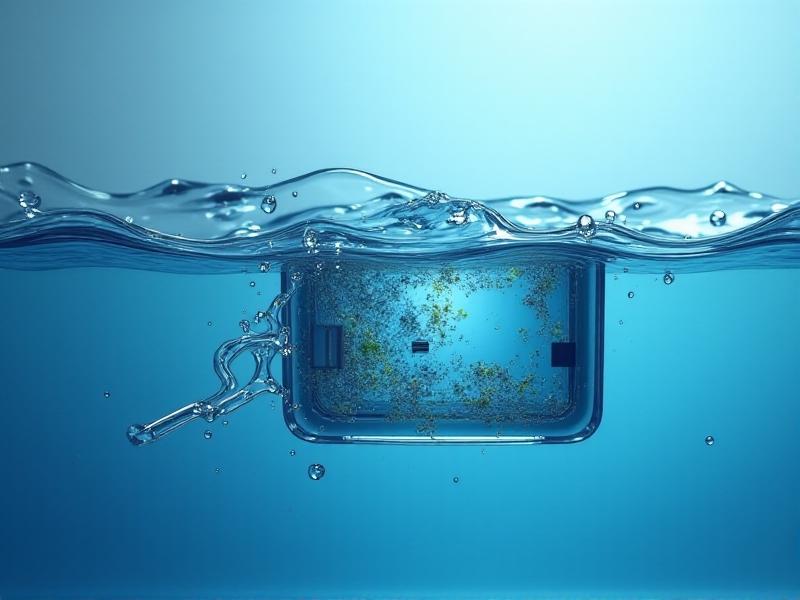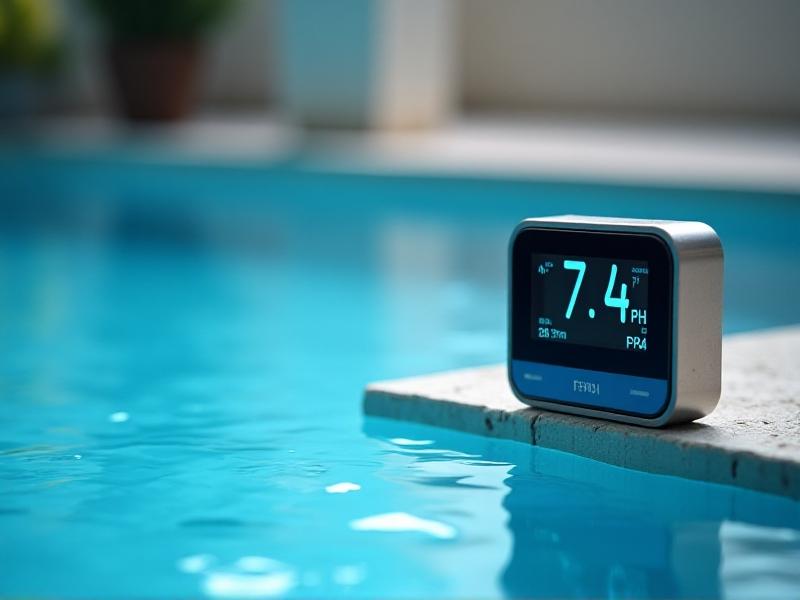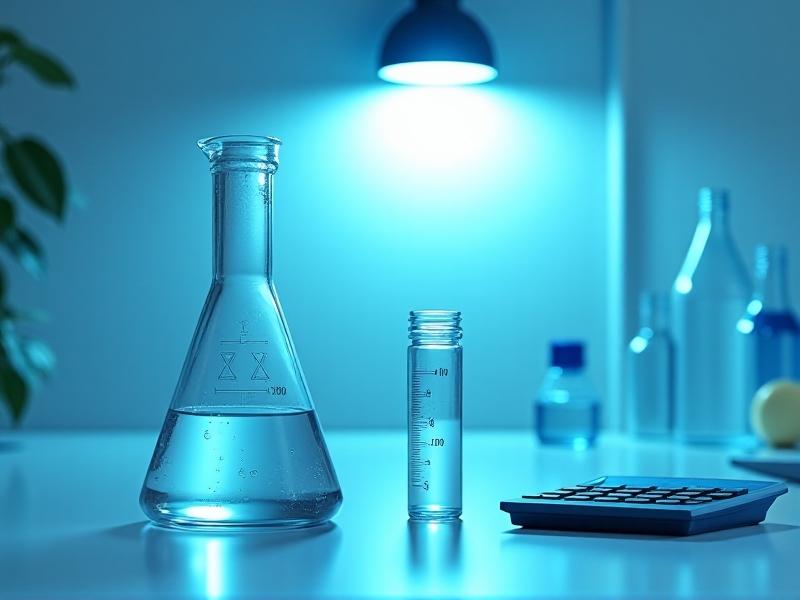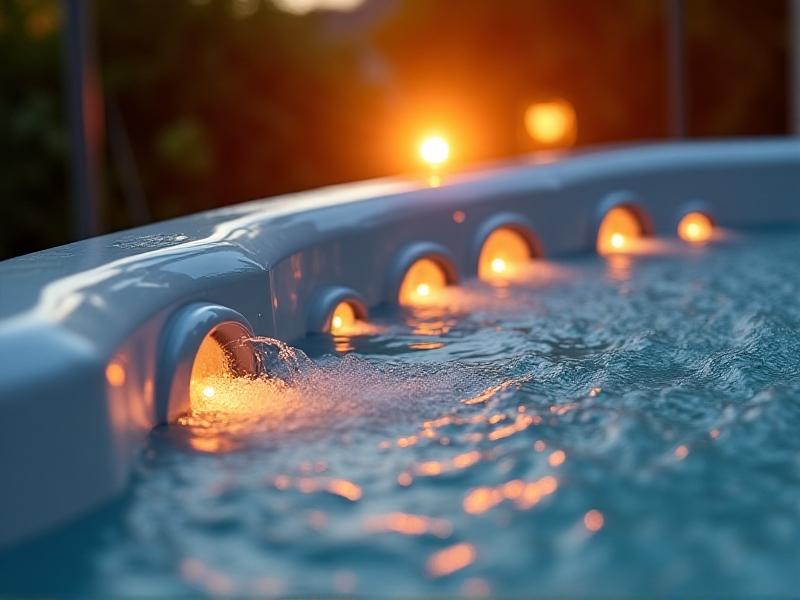Underwater Treadmill Torque Calibration
Understanding the Basics of Underwater Treadmill Torque Calibration
Underwater treadmills have become an essential tool in rehabilitation and fitness training, offering a low-impact environment for exercise. However, to ensure these machines function optimally, torque calibration is a critical process. Torque calibration involves adjusting the resistance and force applied by the treadmill's motor to match the intended performance levels. This process ensures that the machine provides consistent and accurate resistance, which is vital for both safety and effectiveness.
Calibration is particularly important in underwater treadmills because the water environment introduces additional variables such as buoyancy and drag. These factors can affect the torque output, making regular calibration necessary to maintain performance. Without proper calibration, users may experience inconsistent resistance levels, which can compromise the effectiveness of their workouts or rehabilitation sessions.
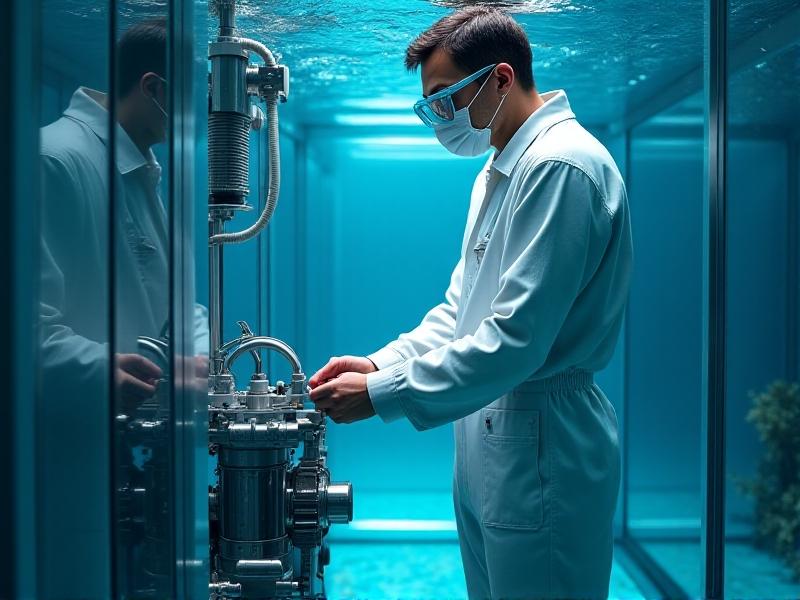
The Importance of Accurate Torque Calibration in Underwater Treadmills
Accurate torque calibration is not just a technical requirement; it directly impacts the user experience and outcomes. For athletes, precise resistance levels are crucial for targeted training, allowing them to build strength and endurance effectively. In rehabilitation settings, consistent torque ensures that patients receive the appropriate level of resistance to aid their recovery without risking injury.
Inaccurate torque calibration can lead to several issues. Overly high resistance can strain muscles and joints, while insufficient resistance may fail to provide the necessary challenge for progress. Additionally, inconsistent torque can result in unreliable data, making it difficult for trainers or therapists to track progress and adjust programs accordingly.
Regular calibration also extends the lifespan of the treadmill by preventing excessive wear and tear on the motor and other components. By maintaining optimal performance, facilities can reduce maintenance costs and avoid costly repairs or replacements.

Step-by-Step Guide to Calibrating Underwater Treadmill Torque
Calibrating the torque of an underwater treadmill involves a series of steps to ensure accuracy and consistency. The first step is to gather the necessary tools, including a digital torque wrench, calibration software, and any manufacturer-specific equipment. It's essential to refer to the treadmill's manual for specific instructions and torque specifications.
Next, the treadmill should be powered off and disconnected from the water supply to ensure safety during the calibration process. The technician will then access the motor and use the torque wrench to measure the current torque output. This measurement is compared to the manufacturer's recommended range, and adjustments are made as needed.
Once the adjustments are complete, the treadmill is reconnected to the water supply and powered on for testing. The technician will run the treadmill at various speeds and resistance levels to verify that the torque output remains consistent. Any discrepancies should be addressed before the treadmill is deemed ready for use.

Common Challenges in Underwater Treadmill Torque Calibration
While torque calibration is a straightforward process, it can present several challenges, particularly in underwater environments. One common issue is the presence of water resistance, which can affect the accuracy of torque measurements. Technicians must account for this factor by using specialized equipment designed for underwater use.
Another challenge is the variability in water temperature and density, which can influence the treadmill's performance. For example, colder water may increase resistance, while warmer water could reduce it. Technicians must adjust the calibration to compensate for these variables, ensuring consistent performance across different conditions.
Additionally, wear and tear on the treadmill's components can affect torque output over time. Regular maintenance and inspection are necessary to identify and address any issues before they impact calibration. Technicians should also stay updated on the latest calibration techniques and equipment to ensure optimal results.
Best Practices for Maintaining Underwater Treadmill Torque Calibration
Maintaining accurate torque calibration requires a proactive approach to equipment care. One of the best practices is to establish a regular calibration schedule based on the treadmill's usage and manufacturer recommendations. High-use facilities may require more frequent calibration to ensure consistent performance.
Another important practice is to train staff on proper calibration techniques and the use of calibration equipment. Well-trained technicians can identify and address issues more effectively, reducing the risk of errors. Facilities should also invest in high-quality calibration tools and software to ensure accurate measurements.
Finally, keeping detailed records of calibration activities can help track the treadmill's performance over time. These records can be used to identify patterns or recurring issues, allowing for more targeted maintenance and adjustments. By following these best practices, facilities can ensure that their underwater treadmills remain reliable and effective tools for fitness and rehabilitation.

